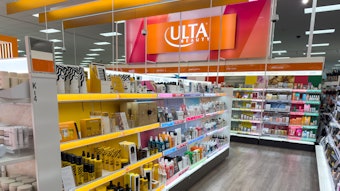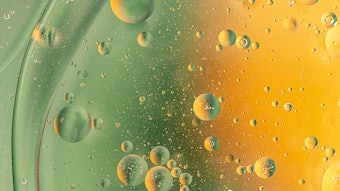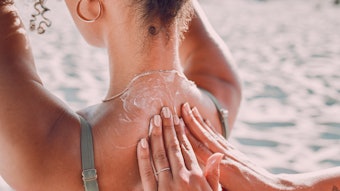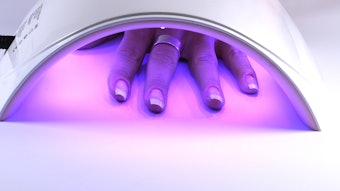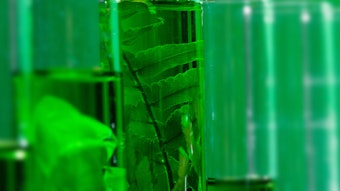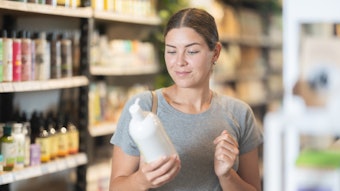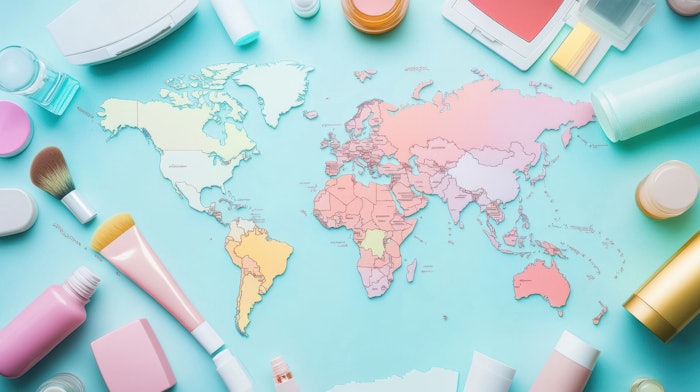
Regulatory reforms for cosmetics across the U.S., EU, UK and China are reshaping product safety, market access and compliance obligations. While New Zealand has enacted a scheme to sell GMP-certified, cruelty-free cosmetics in Chinese brick-and-mortar retailers, delays in U.S. MoCRA implementation and diverging ingredient regulations in the UK and EU create uncertainty. Recent recalls also highlight the ongoing need for robust post-market surveillance. Following is an overview.
New Zealand's GMP Certification for Cruelty-free Cosmetics in China
Newsroom reports that a new certification scheme out of New Zealand breaks down trade barriers "created by a mismatch in regulation." The program will provide cosmetic exporters with a government-issued Good Manufacturing Practice (GMP) certificate allowing cosmetic brands to be sold in physical stores in China without requiring animal testing.
New Zealand brands like Linden Leaves and Antipodes are among those preparing for in-store expansion, the source reports, with projected sales growth of up to 300%. Industry analysts expect broader global ripple effects, especially for natural and sustainable cosmetic players aiming to reach China's nearly $200 billion beauty market.
U.S. FDA’s MoCRA Rollout: Delayed Yet Consistent
In the U.S., the Food and Drug Administration (FDA) is struggling to keep pace with the implementation of the Modernization of Cosmetics Regulation Act (MoCRA), Wiley Law reports. While intended to overhaul outdated cosmetics oversight, MoCRA’s rollout has been slowed in part by internal staffing changes and administrative shifts.
Legal experts suggest that guidance documents may arrive later than planned, leaving brands unclear about their obligations for product listing, adverse event reporting and facility registration. "This uncertainty may be particularly difficult for small- and mid-size companies that lack in-house regulatory teams," the source added.
However, according to legal experts at Crowell, while uncertainty remains regarding how the Trump agenda may impact further implementation and enforcement of MoCRA, "the recent data report and warning letters indicate that, at least for the time being, FDA is continuing to monitor for compliance with MoCRA in a manner consistent with its efforts during the Biden administration."
The source also emphasizes that importantly, MoCRA’s provisions remain in full force, and that thus far the Trump administration has not altered these requirements.
As of Jan. 1, 2025, the FDA has received 9,528 active facility registrations and 589,762 unique product listings. The foreign countries with the highest number of registered facilities are:
- China (4,260),
- South Korea (617),
- India (309),
- Italy (273) and
- France (245).
EU Regulation Faces Crossroads: Streamlining vs. Safety
In Europe, the Commission’s Omnibus Simplification Proposal seeks to consolidate and simplify the regulatory framework for cosmetic ingredients, particularly regarding hazard classifications and labeling. But critics, including the Shift Project, caution that simplification should not come at the expense of rigorous safety evaluation.
Industry advocacy organizations such as NaTrue have co-signed a joint statement urging EU regulators to adopt “smart, risk-based” approaches. The coalition, comprising more than 40 stakeholders, warns that blanket hazard-based bans could jeopardize formulation innovation and stifle small manufacturers without demonstrable safety benefits.
"A key concern is that current CLP-CPR (Classification, Labeling and Packaging —Cosmetic Products Regulation) alignment can result in automatic bans of cosmetic ingredients based solely on hazard classification – without assessing actual risk under intended use.
"For natural cosmetics, this could lead to the unjustified removal of safe ingredients from the market, including those with long-standing use or even approval in food. Such unintended consequences would affect consumer choice, product availability, innovation and manufacturing across Europe."
According to Belab Services, the Omnibus Act VII will come into effect on Sept. 1, 2025, and prohibit ingredients such as 4-methylimidazole, dibutyltin maleate and dimethyl propylphosphonate, among others; although the source notes these substances are not widely known and their use in cosmetics is limited.
UK Regulatory Divergence: Homosalate Restriction Rejected
Post-Brexit divergence in regulatory standards continues to grow. The UK’s Office for Product Safety and Standards (OPSS) has confirmed that new EU restrictions on the UV filter homosalate will not be implemented in Great Britain.
The CTPA emphasized that while EU authorities now limit homosalate concentrations in face products to 7.34%, GB regulators found the current evidence insufficient to justify similar restrictions; they maintain the Scientific Committee on Consumer Safety's (SCCS's) opinion that homosalate is safe at 10% in all cosmetic products.
This widening regulatory gap raises compliance challenges for multinational brands operating across both markets.
Recalls Signal Need for Stronger Post-Market Controls
Finally, a rise in product recalls during 2025 has brought renewed attention to the fragility of global post-market surveillance systems. Issues have included microbial contamination, mislabeling, undeclared allergens and the presence of unapproved colorants.
Some recent examples, highlighted in the EU's Safety Gate database, include:
- Caro White lightening oil: The product contains hydroquinone, which is prohibited.
- La Gardenia gel wax and shine: The product contains methylisothiazolinone (MI), which is prohibited in leave-on cosmetic products.
- Glamour's Flora eau de toilette (and other scents): According to the ingredient list, it contains 2-(4-tert-butylbenzyl) propionaldehyde (BMHCA), which is prohibited in cosmetic products.
- Axe Peace aftershave: According to the ingredient list, this product contains 2-(4-tert-butylbenzyl) propionaldehyde (BMHCA), which is prohibited in cosmetic products.
- Neutraderm shower gel: The product is microbiologically contaminated with the mesophilic aerobic bacteria Pluralibacter gergoviae, which may potentially cause illness in some consumers, particularly those with a weakened immune system.
- And Kurku-Ma face mask: The product has an excessive concentration of antimony, arsenic, selenium, barium, cobalt and zirconium (measured value up to 0.10 mg/kg, 0.75 mg/kg, 1.05 mg/kg, 25.9 mg/kg, 0.12 mg/kg and 7.16 mg/kg, respectively).
While both MoCRA and EU proposals aim to strengthen oversight, implementation delays and inconsistent global standards mean many issues are still caught only after products reach consumers.
Experts argue this underscores the importance of not only pre-market risk assessments but also ongoing monitoring — especially for high-risk product categories like eye-area cosmetics and children’s products.

